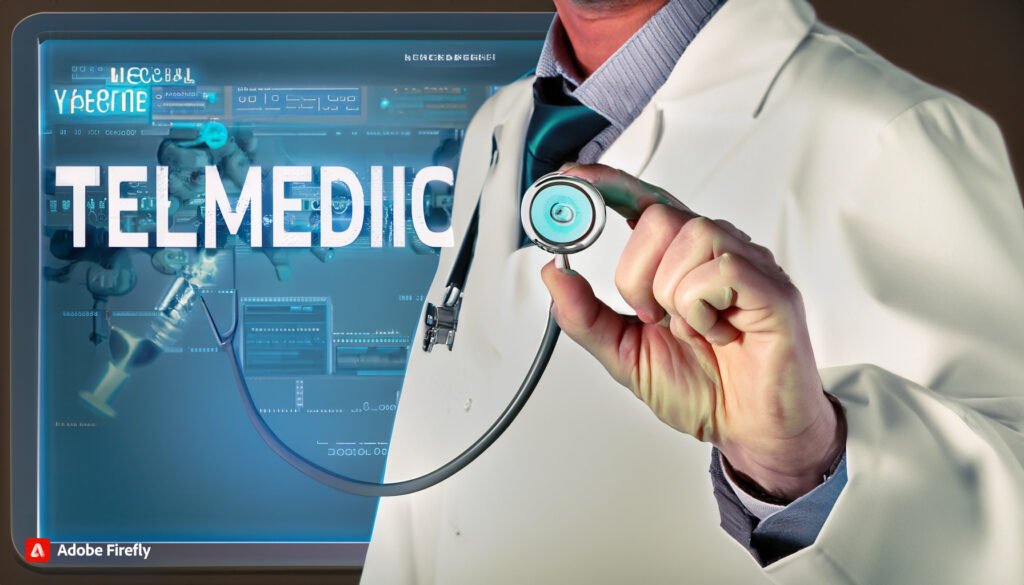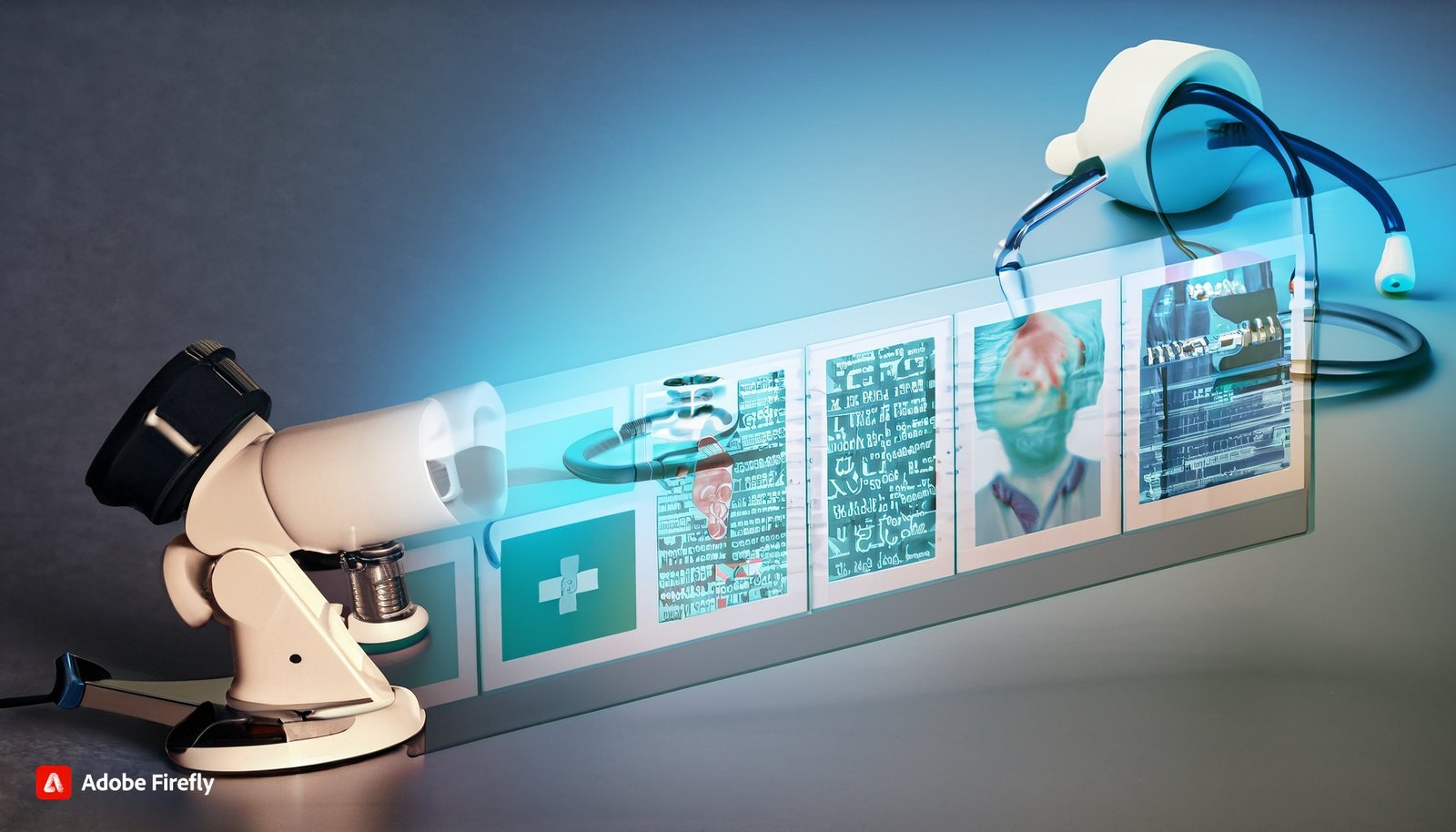Telemedicine, once a niche concept, has surged to the forefront of healthcare, transforming the way we access medical care. In an era marked by technological advancements and the need for convenient, accessible healthcare, telemedicine stands as a beacon of innovation. This article explores the revolution underway in the realm of telemedicine, offering a detailed examination of its impact, benefits, and challenges.
Section 1: The Telemedicine Evolution
- Defining Telemedicine:
- A comprehensive definition of telemedicine and its scope in modern healthcare.
- How telemedicine differs from traditional in-person medical visits.
- Historical Perspectives:
- Tracing the roots of telemedicine from early experiments to contemporary applications.
- Key milestones that paved the way for its widespread adoption.
Section 2: The Telemedicine Landscape
- Virtual Consultations:
- A deep dive into telehealth consultations, including video and audio-based appointments.
- Benefits such as reduced wait times and improved access to specialists.
- Remote Monitoring:
- How telemedicine enables real-time monitoring of patient’s vital signs and conditions.
- Its role in chronic disease management and preventive care.
Section 3: Benefits of Telemedicine
- Improved Access to Care:
- Overcoming geographical barriers to healthcare access.
- Serving underserved and rural populations.
- Convenience and Timeliness:
- The convenience of scheduling appointments and receiving care from the comfort of one’s home.
- Reduced travel time and waiting room delays.
- Cost-Effectiveness:
- Cost savings for both patients and healthcare systems.
- The economic impact of telemedicine on healthcare delivery.
- Enhanced Chronic Disease Management:
- Telemedicine’s role in managing chronic conditions through remote monitoring.
- Improved patient engagement and outcomes.
Section 4: Telemedicine Technologies
- Telehealth Platforms:
- An overview of telehealth platforms and software solutions.
- The importance of user-friendly interfaces and security measures.
- Connected Devices and Wearables:
- The role of IoT (Internet of Things) in telemedicine.
- How wearables and smart devices enable remote monitoring.
Section 5: Telemedicine Challenges and Concerns
- Regulatory Hurdles:
- An examination of regulatory challenges and variations in telemedicine adoption.
- The role of legislation and telehealth policy.
- Privacy and Security:
- Addressing concerns related to patient data privacy and security.
- Best practices for safeguarding patient information.
- Digital Divide:
- The digital divide’s impact on equitable access to telemedicine.
- Efforts to bridge the gap and ensure accessibility for all.
Section 6: The Future of Telemedicine
- Telemedicine Post-Pandemic:
- How the COVID-19 pandemic accelerated the adoption of telemedicine.
- The sustained growth of telehealth beyond the pandemic.
- Innovations on the Horizon:
- Emerging technologies and innovations in telemedicine.
- The potential for AI and machine learning in telehealth diagnostics.



Conclusion: The Telemedicine Revolution
Telemedicine has evolved from a technological marvel to an indispensable part of modern healthcare. It has opened doors to accessible, convenient medical care and improved health outcomes for millions. As we look to the future, telemedicine holds the promise of continued innovation and transformation, ensuring that healthcare remains accessible to all, regardless of geographical constraints.






